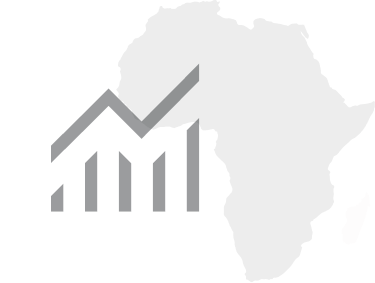Local and non-state actors: a growing role in public service delivery - Spotlight 2
29 August, 2018
The opinions expressed in this article are solely those of the author, and do not necessarily reflect the opinions or views of the Mo Ibrahim Foundation.
[su_highlight]As part of the Foundation’s work on public service in Africa, we are publishing a series of three spotlights on the increasing role of actors other than central governments in the delivery of public services across the continent.[/su_highlight]
Spotlight 2 - Public Actors:
Local authorities: a complex and diverse landscape, little financial autonomy

Every African country has at least one sub-national level of government. There is no direct relation between the size of a country’s population and the number of its administrative units. Both Equatorial Guinea and Tanzania had 30 sub-national administrative units in 2010, with very different sizes of population: over 0.9 million in Equatorial Guinea and over 46.0 million people in Tanzania. Since 1990, sub-national administrative units in 25 African countries have increased by at least +20%. Eight have more than doubled them between 1990 to 2010, among which are Guinea (from 14 to 341), Niger (from 35 to 256) and South Africa (from 53 to 284).
However, actual powers and responsibilities wielded by the different levels of government differ widely. Despite the wave of decentralisation policies during the 1990s and of constitutional reforms in the 2000s, the actual implementation and devolution programmes and plans has been incomplete, inconsistent and sporadic, with some exceptions (e.g. Morocco, South Africa).
Decentralisation: better public service delivery or increased inequality?
In Ethiopia, decentralisation has reportedly improved public service delivery: net enrolments in education, access to basic services in health such as antenatal care, contraception, vaccination rates and deliveries by skilled birth attendants have improved. Child mortality rates have fallen from 123 per 1,000 live births in 2005 to 88 in 2010, and primary net enrolment rates rose from 68% in 2004/2005 to 82% in 2009/2010.
In Sierra Leone, the creation in 2014 of decentralised District Ebola Response Centres (DERC) made it possible to contain the epidemic by relying on social structures and networks established in local communities. The provision of a focal point for partners to work through in the field was regarded as one of the DERC’s most important contributions to the fight against Ebola.
Meanwhile, in Uganda, decentralisation reforms implemented in the 1990s contributed to growing inequality and inefficiency in education provision. A study of two districts shows that, as the central government controls more than 90% of their local budget, local governments are severely constrained by the lack of funds and have no say on development priorities. Moreover, higher levels of private and donors’ funding in certain districts led to variable education provision amongst districts, and thus higher inequality levels.
In 2009, Botswana transferred the management of clinics and primary hospitals from local to central government (Ministry of Health). Centralisation came with difficulties, such as delays in delivery of drugs and low maintenance of equipment and hospitals.
Gender Responsive Decentralisation in Africa
Guest section by Natasha Kimani
This section reflects the personal view of the author.
Decentralisation is often perceived to have a positive impact for women and other disadvantaged groups, by bringing decision-making closer to them.
Decentralisation has the potential to radically reshape gender dynamics in Africa and improve the way decisions are made by local governments. Decentralisation can however only be effective if men and women are equally involved politically, economically and socially by local governments. Successful decentralisation should make local governments more accessible, accountable and responsive to women.
There is considerable scope for developing and implementing effective gender responsive decentralisation in Africa. However, the overall observation has been that local governments approaches are gender-blind/neutral with different gender dynamics regarded as unimportant. Without a clear gender-mainstreaming strategy or approach, local governments often group women, children, youth, the elderly and persons with disabilities together, failing to consider the different dynamics and needs of each group.
The absence of gender-mainstreaming approaches to planning and budgeting does not imply that gender mainstreaming and women empowerment activities are not being pursued. However, local governments can ensure that they restructure current approaches to ensure that gender mainstreaming is implemented in all plans, budgets and programmes and not relegated to a specific department.
Financial autonomy for local authorities lags far behind global averages
Africa’s sub-national government revenues, both as percentage of total public revenues and of GDP, are the second lowest after the Middle East & West Asia region. In 2017, Tanzania devolved 21.8% of public revenues to its subnational governments, followed closely by Uganda and Mali (18.2% and 14.0%, respectively). Meanwhile, Benin, Burkina Faso, Chad, Guinea, Malawi, Niger and Togo are all below 6.0%.



